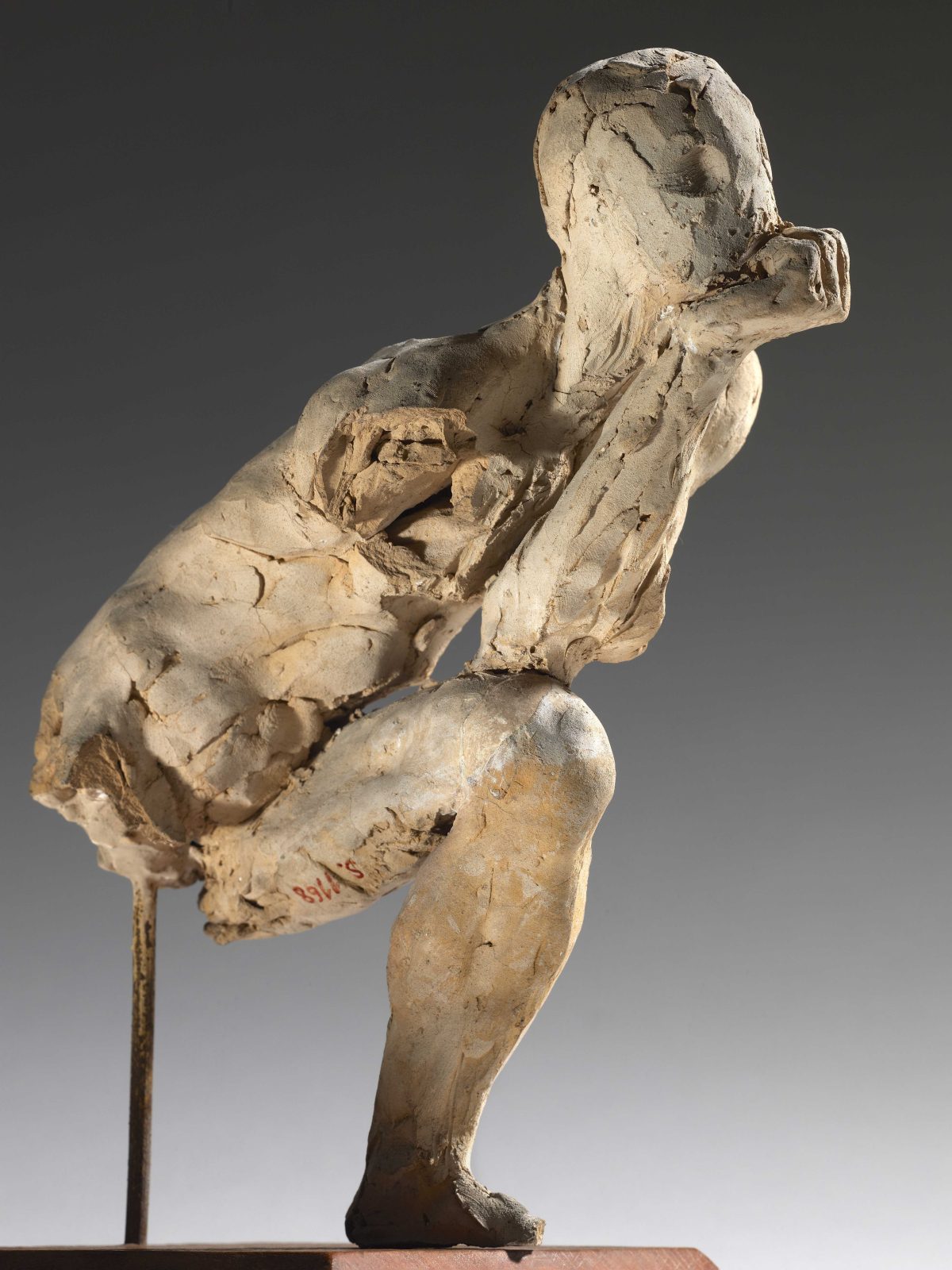
Auguste Rodin carefully constructed his own personal mythology, presenting an image of himself as a quintessential artistic genius. In 1900, he organized a retrospective of his own work, commissioning a specially designed pavilion and filling it with clusters of sculptures, evoking a visit to the inner sanctum of the artist’s studio.
Rodin’s retrospective mainly featured his plaster pieces, which have only relatively recently been recognized as important works in their own right. The Making of Rodin at Tate Modern takes inspiration from this historical display: there is only a single bronze work in the exhibition and not a hint of marble. Rodin barely picked up a chisel in his life and used specialist foundries to cast his works in bronze; his talent and vision as a sculptor can be seen most clearly in the vivid immediacy of the plaster works, which reveal the artist’s process.

Whereas Rodin presented a narrative that emphasized his solitary brilliance, Tate’s take draws attention to the parts of Rodin’s process that were carried out or assisted by other people, naming and crediting his models, assistants, technicians, and lovers for their roles in bolstering the artist’s career and producing his oeuvre.
This exhibition doesn’t shy away from some of the more problematic elements of Rodin’s practice. In the wall texts and exhibition guide, the curators note, for example, the inherently unequal relationship between the artist and his female models and assistants. The show also transparently explores the complexities of Rodin’s connections with colonialism. In the late 1800s, the antiquities trade was booming in France as a result of the expansion of the French empire, with many objects coming from looted or exploited sites. Rodin collected around 6,000 antique objects and sometimes added his own figures to ancient bowls and vases. Several of these extraordinary hybrid artworks are featured in the exhibition, but the curators take pains to point out how Rodin’s process effectively erased each object’s cultural history and essentially destroyed it in the process.

This reveals a lot about Rodin’s attitude toward objects from other cultures, not least because he was very aware of how the histories of his own works were integral to the sculpture’s aesthetics and meanings. The exhibition explains, for example, that the figure titled “The Inner Voice” was initially part of a group of figures created for a monument, and the figure’s knee was broken off to fit the sculpture into its setting. Later, Rodin enlarged the figure and presented it as a work in its own right — keeping the knee broken as a nod to the work’s origins and past.
The Making of Rodin is at its best when exploring the artist’s use of reproduction and reiteration, and the role of scale modelling machines to enlarge and shrink his designs. It reveals how motifs and figures are repeated across different works, finding new meanings in new contexts and allowing Rodin to experiment with a groundbreaking form of sculptural assemblage. In these references to technologies and outsourced labor, The Making of Rodin manages to successfully dismantle some of the mythology and glamour without dismissing the extraordinary beauty and radical power of the artist’s work.

The Making of Rodin continues through November 21 at Tate Modern (Bankside, London SE1 9TG, UK). The exhibition was curated by Nabila Abdel Nabi, Chloe Ariot, and Helen O’Malley.
0 Commentaires